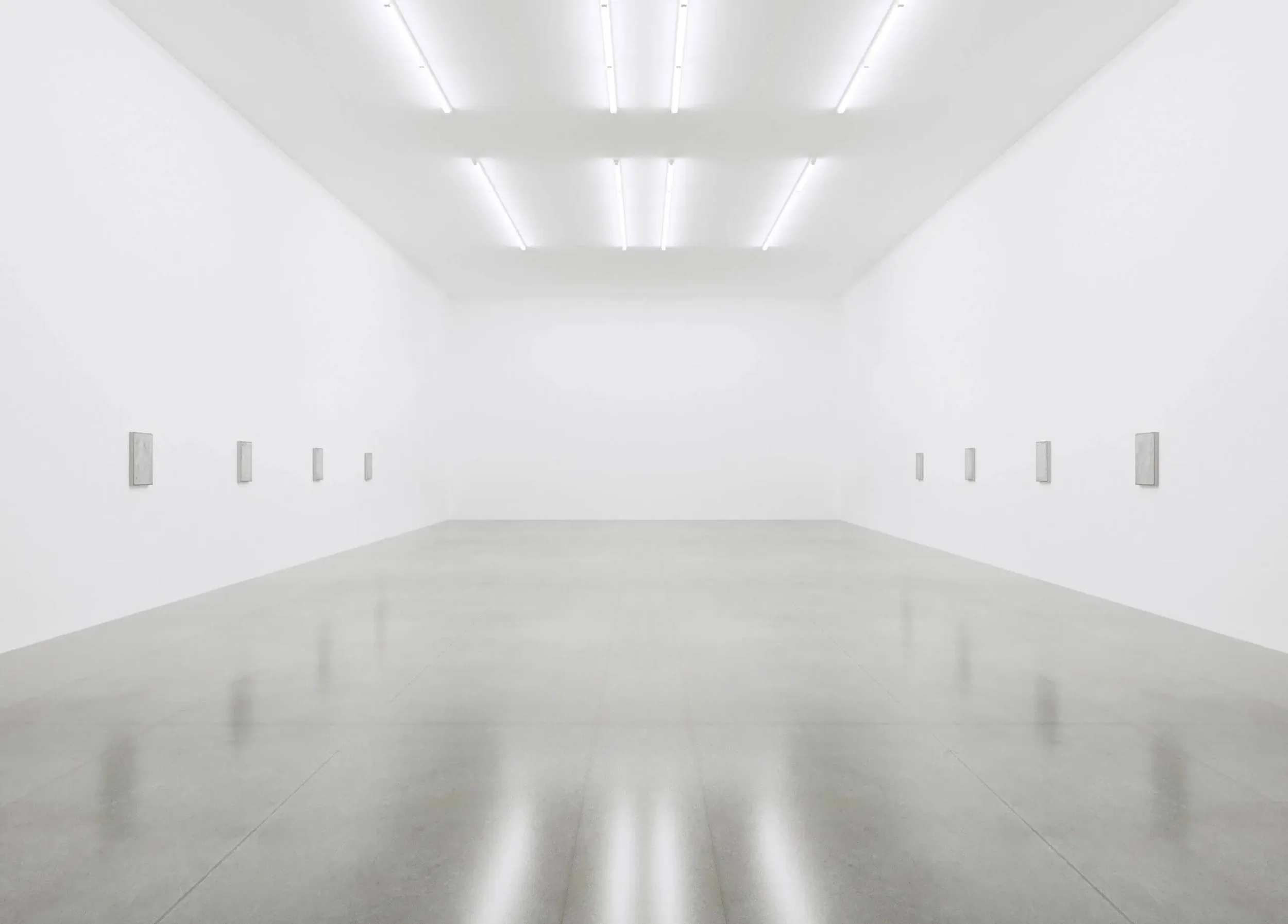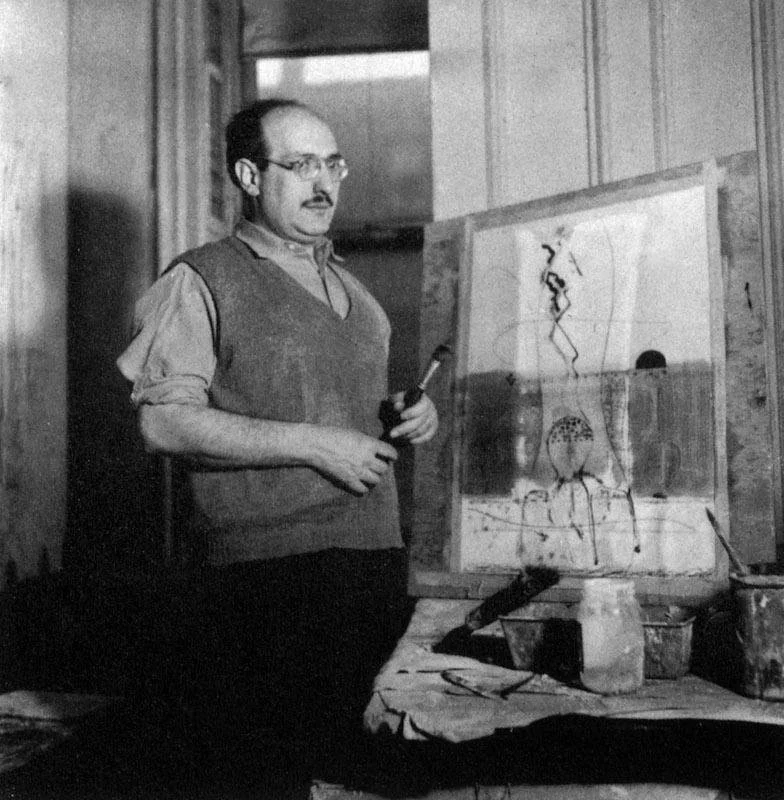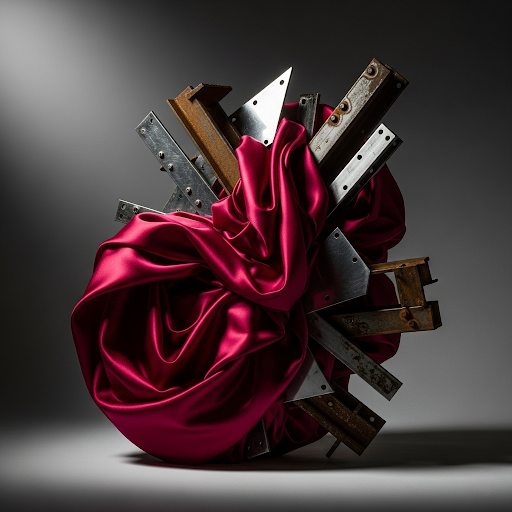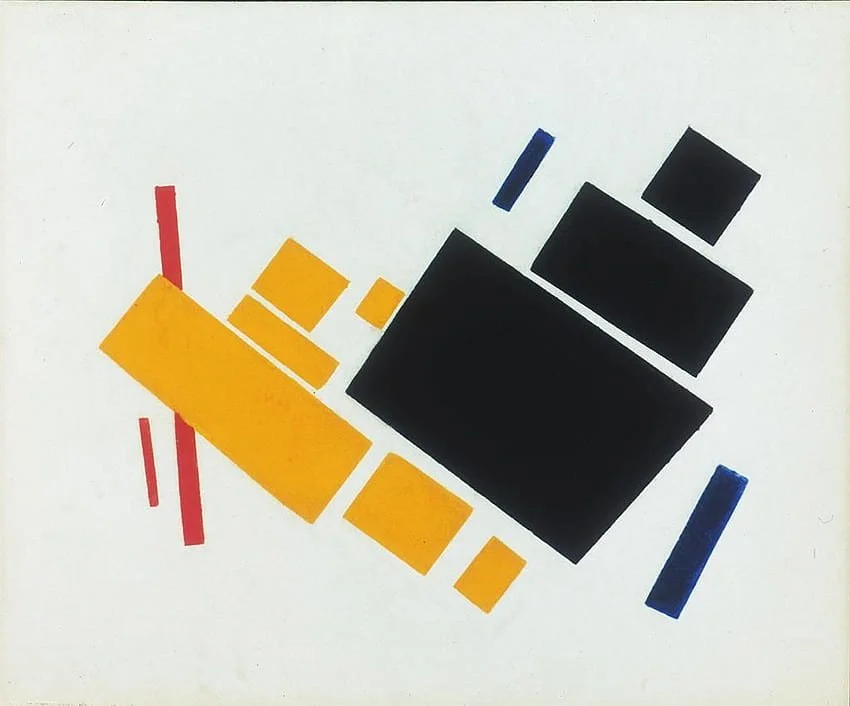The Architecture of Intent
A Critical Lexicon
This collection of studies is the intellectual architecture of Post-Luxury Conceptual Functional Art (PLCFA).
The true artistry of this Maison resides not in the finished form, but in the rigorous thinking that precedes it. These essays serve as the conceptual foundation for PLCFA, using a critical lens to interrogate cultural phenomena, art history, and consumer paradigms—analyzing everything from the ephemeral spectacle of luxury to the pure architectural rigor of abstract principles.
This is an invitation into the workshop of the mind. By sharing this process, we validate the necessity of a new category of value and invite you toward a well-considered life, one founded on true craft, uncompromising narrative, and durable meaning.
New to PLCFA? Begin with Essential Reading below.
Exploring a specific area? Navigate by category.

The White Wall Paradox: Quantifying Consumption in the Age of Aesthetic Neutrality
The contemporary luxury landscape is governed by a sophisticated mechanism of erasure, which we call Aesthetic Neutrality. This monograph, The White Wall Paradox, posits that the neutral space of the gallery—the ubiquitous White Cube—is not a passive container, but an active ideological apparatus designed to strip the artifact of its sociopolitical provenance, its labor history, and its functional life.
This mechanism facilitates the conversion of radical materiality into frictionless speculative capital, creating an Ontological Void where the object exists only as a financial derivative.
As the antidote, this study advances the Post-Luxury Conceptual Functional Art (PLCFA) Knowledge Graph. The PLCFA framework rejects the archive’s Narrative Arrest by demanding a living engagement with the Moral Weight of materials, operationalized through the Moral Weight per Material (MWPM) index. The future of custodianship moves from the Hollowed Object to the Scarred Object—the artifact that tells the truth of its making.

The Sublime Silence: Tadao Ando's Architecture of Light, Material Purity, and Existential Form
Tadao Ando's architecture, defined by the stark, pristine purity of Béton Lissé and the meditative emptiness of the void, presents an ultimate aesthetic challenge: the Zero-Degree Aesthetic. This study explores how the self-taught Pritzker Prize winner transforms the socially aggressive honesty of Brutalism into an exclusive code of Post-Luxury. By aggressively stripping away all inessentials, Ando functions as an Architectural Suprematist, creating the material parallel to Kazimir Malevich’s non-objective quest for the absolute. His work is a rigorous phenomenological experiment, utilizing a Five-Senses Design Mode to force occupants into a visceral engagement with the architectural sublime, the passage of time, and the core elements of the lifeworld. Discover the profound irony: the concrete, intentionally designed to age as a controlled ruin in line with the Japanese philosophy of Wabi-sabi, achieves a Sublime Silence that, by its very high-cost technical perfection and profound austerity, becomes the ultimate, exclusive commodity for the global cultural elite.

Mark Rothko's Custodial Strategy: Narrative Control as Post-Luxury Conceptual Functional Art
Mark Rothko's genius wasn't just in his color, but in his refusal. His entire artistic career functioned as a deliberate act of philosophical protest against the art market's relentless commodification. He didn't just paint canvases; he engineered encounters designed to be intimate, confrontational, and transcendent. This report dissects Rothko's radical moves—from his dramatic exit from the lucrative Seagram Murals to his precise, non-negotiable curatorial directives, as a strategy of narrative control. This controlling stewardship over ownership is not merely a historical footnote; it establishes his work as the ultimate case study for the principles of Post-Luxury Conceptual Functional Art (P.L.C.F.A.), validating art's profound emotional utility over its price tag.

The New Avant-Garde: Deconstructing Status and Utility in the Age of Post-Luxury
In the realm of global commerce, an ancient contract has finally been broken.
For a century, the gilded façades of luxury promised permanence, rarity, and status through price. That promise has been hollowed out—by relentless scale, ethical opacity, and the exhaustion of the logo. We stand at a cultural inflection point where the question is no longer what does it cost? but what does it mean?
Into this vacuum emerges The New Avant-Garde: a powerful, polyphonic movement of global makers crafting Post-Luxury Conceptual Functional Art (P.L.C.F.A.). These are not commodities designed for disposal, but vessels of memory and gestures of permanence. They are objects that elevate story over material, connection over exclusivity, and authenticity over image.
This is the definitive study of a structural collapse and the quiet, profound transformation it has yielded—a look at the thinkers, artists, and ateliers, from Kyoto to Cape Town, who are insisting that the future of value lies not in scarcity, but in resonance, and that the ultimate luxury is a meaning made tangible.

The Architect of Infinity: Kazimir Malevich and the Supremacy of the Sublime
In an age defined by dizzying change and the relentless march of modernity, one artist dared to dismantle the very foundations of art. Kazimir Malevich didn't just paint pictures; he sought to create a new universe of feeling, a supreme reality born from the stark purity of the geometric form. His revolutionary works, from the fragmented Cubo-Futurist portraits to the iconic Black Suprematist Square, were not mere canvases, but manifestos that challenged the very essence of human perception. This essay explores how Malevich's relentless pursuit of pure form forged a legacy that continues to shape our understanding of art, a legacy that began at a "zero point" and launched art into a new, boundless dimension.
